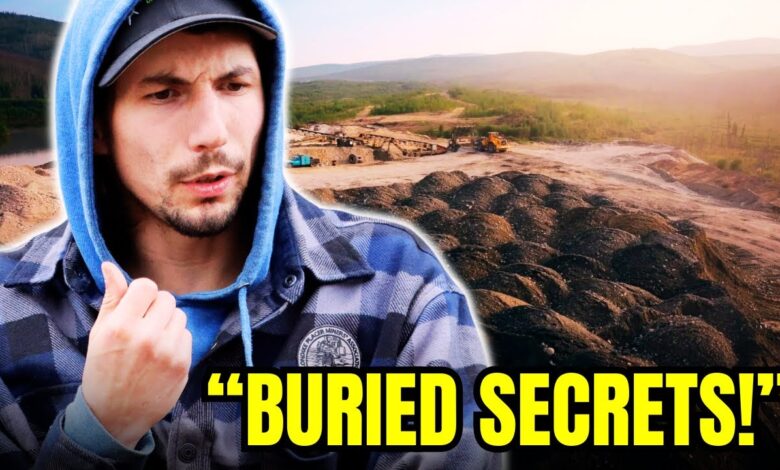The Untold Story After Gold Rush: What Happens When the Cameras Stop Rolling

The Untold Story After Gold Rush: What Happens When the Cameras Stop Rolling
April 2025 – As Gold Rush season 15 drew to an emotional close, viewers celebrated major victories and mourned tough losses. Yet, what audiences rarely see is the grueling work that begins once the final gold totals are tallied and the TV crews pack up — a critical phase that determines not just the future of mining operations, but the health of the environment itself.
After the cameras stop rolling, miners are legally obligated to embark on a challenging mission: land reclamation. Mining operations — whether in Alaska, the Yukon, or South America — leave deep scars on the earth: stripped landscapes, displaced soil, fallen forests, and disrupted ecosystems. To walk away without restoring these sites would have catastrophic, long-lasting consequences.
Environmental laws dating back to the 1902 Newlands Reclamation Act and strengthened by the 1977 Surface Mining Control and Reclamation Act require miners to heal the land they disrupt. Failure to properly reclaim mined land can result in steep fines, loss of mining rights, or even criminal charges. Reclamation involves much more than refilling pits — it demands reshaping the land, replacing topsoil, replanting vegetation, and restoring ecosystems to their natural or productive states.
Reclaiming the Earth: Pride or Obligation?
While not all miners approach reclamation equally, many recognize its importance. Parker Schnabel stands out as a leader in responsible mining. At his Little Flake operation, Parker’s dedication to environmental stewardship earned him the prestigious Leki Award from the Yukon government. His efforts go beyond compliance; he actively works to leave the land thriving, a principle he sees as essential for mining’s future.
In contrast, legendary miner Tony Beets has had a more contentious relationship with regulators. His massive dredging operations have drawn fines and scrutiny for environmental violations. Despite his mining prowess, Beets and his team must continually answer to strict oversight and face consequences for any lapses in environmental responsibility.
Across the industry, however, a growing understanding prevails: without responsible land management, the gold rush of today could destroy the prospects for tomorrow.
The Hidden Cost of Gold Mining
While Gold Rush dazzles millions with tales of fortune-seeking adventurers, it often leaves untold the steep environmental price. Gold mining is inherently destructive, stripping landscapes, contaminating water supplies, and endangering wildlife. According to Earthworks.org, producing a single gold wedding ring generates an astonishing 20 tons of toxic waste — a hidden cost rarely considered amid the excitement.
Chemicals like arsenic, lead, and cyanide frequently pollute rivers and groundwater, posing threats not just to wildlife but to nearby communities. Entire ecosystems are altered permanently in the hunt for precious metals.
Even Gold Rush itself has not escaped environmental controversy. In 2017, a lawsuit filed in Colorado accused the show’s crew of damaging a local hill, disturbing wildlife, and disrupting community life with constant noise and industrial operations.
Beyond the Gold: A Lasting Impact
As Gold Rush barrels ahead with bigger equipment and bolder ambitions each season, the hidden toll on the environment continues to mount. The pursuit of gold — and the captivating drama it brings — comes at a real and lasting price.
Behind every ounce of gold, there’s an unseen cost paid by the earth, its waters, its creatures, and its communities. While viewers cheer for the miners chasing dreams under extreme conditions, it is vital to remember:
gold may glitter, but the scars it leaves can last far longer than the fortunes it creates.




